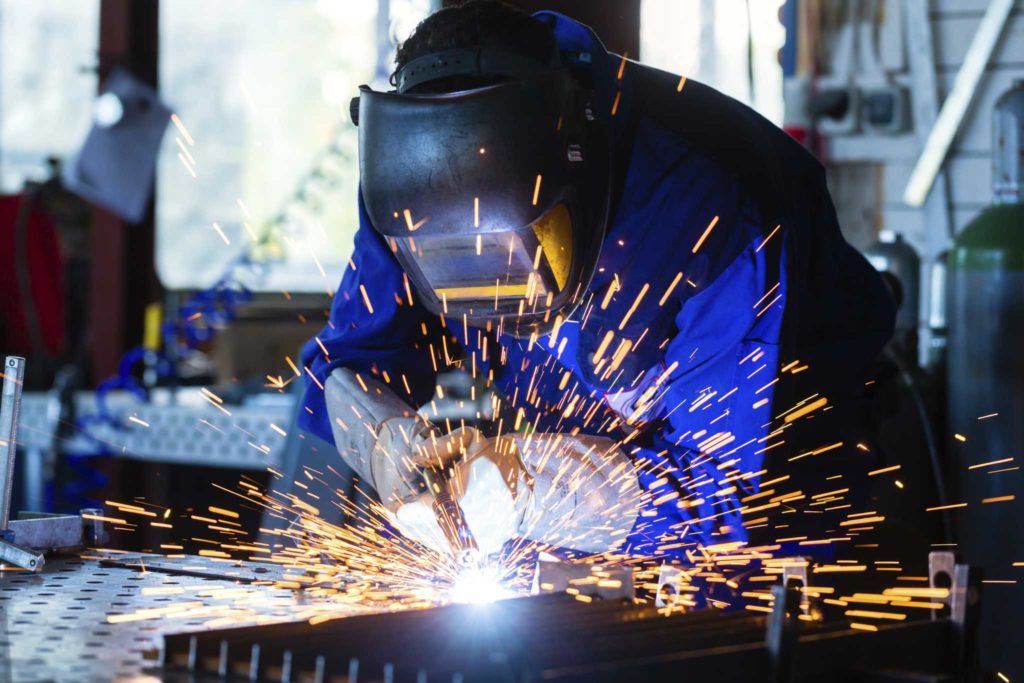
Whether you are looking for a welding technology program to become a coded welder or just want to learn the basics to use at home on DIY projects from time to time, it is interesting to understand what goes into each welding process. While many amateurs don’t understand what an exact science welding really is, it is important to note that there is a different welding procedure for every material type to be welded.
MIG, TIG or MMA processes are used according to the accessibility, speed & finish required in each instance. Unfortunately, this is just the bare-bones basics of welding technical terms and if you want a more thorough understanding, you might want to learn each of these six welding processes.
1. TIG Welding
Sometimes referred to as the best welding technique to learn, TIG welding provides the best join possible, according to the greatest number of professionals and trainers. TIG welds offer the greatest integrity & aesthetic finish, but takes time & great deal of manual dexterity.
2. MIG Welding & MAG Welding
Of all welding processes used around the globe today, MIG welding is the easiest & quickest and thus, the most widely used. Actually MIG and MAG are the most popular, the difference being that MIG uses inert gas as part of the process and MAG uses active gas. The biggest issue with MIG welding is the spatter it generates when the machine is not correctly set up.
3. Manual Metal Arc Welding
Not only is manual metal arc the cheapest type of welding, it is the perfect for process for welding in confined spaces or on site. Lightweight stick welding inverters can be manoeuvred close to the job or welding leads from welder generators run to the heart of welding task. Welding blankets are often an absolute must in addition to welding screens for site fabrication jobs, the blanket protecting the environment & equipment around you from stray sparks & spatter.
4. Resistance Spot Welding
Spot welding is used to weld contacting thin gauge metal surfaces together up to 3 mm thick in diameter. The two work pieces are held together by two spot welding electrodes, which exert pressure and electrical current to make a weld.
To look at how technology has infiltrated the world of welding? That would be Fronius’ Delta Spot Welding equipment which produces the results are so precise that they can be easily reproduced on the over & over again. It’s uses a unique process tape system, which ensures the metal surfaces are always clean.
5. The CMT Welding process
No, not Country Music Television but equally as exciting. With the Cold Metal Transfer welding process, it is now possible to join materials together aluminium and steel. Previously they could not be joined and so no welder ever even attempted to.
6. Laser and Hybrid / Laser Hybrid Welding
There is laser welding that obviously uses laser light/heat in the process and then there is a process known as laser hybrid that is akin to MIG and MAG welding in the advantages but with the precision of a laser beam.
So, there you have an assortment of the types of welds you will need to learn but each is just as useful to know as the next because the types of materials you will need to join might be different. When looking for a welding class, be sure to see that all these welds are covered and you will have the skills you need no matter how big the project or the materials you will need to join.
Also Read: Piezoelectricity – Mechanical Force From Walking, Dancing Being Converted Into Electricity !











